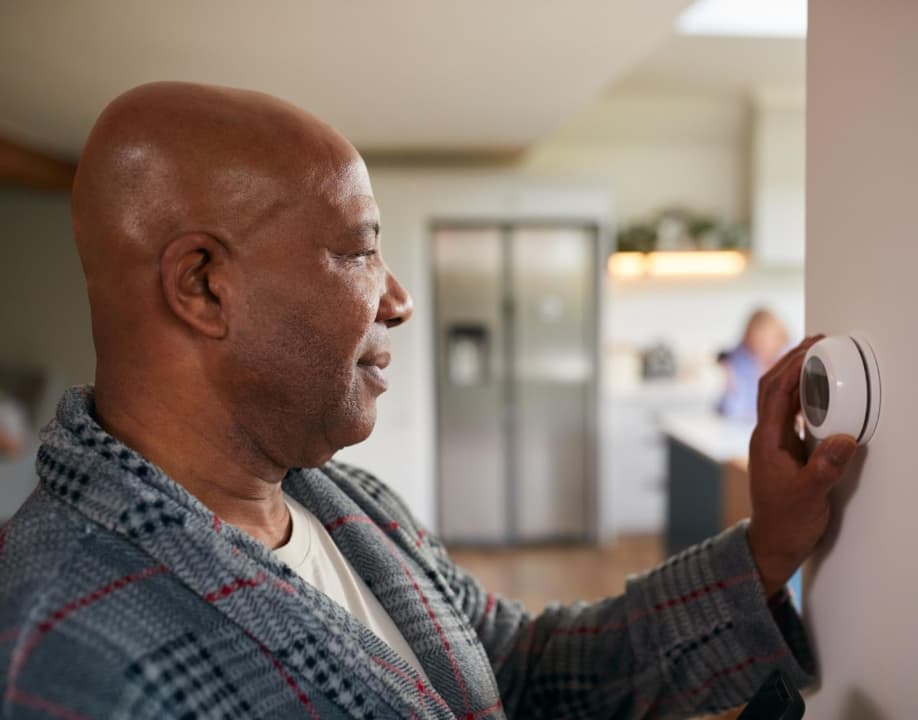
When the weather cools down, many households rely on heating systems to stay comfortable indoors. While the warmth is welcome, the shift from open windows and fresh breezes to sealed-up living spaces with the heat running can have a big impact on indoor air quality.
Dust, Debris, and Allergens in Your System
When your furnace or heating system has been off for months, dust and debris naturally build up inside the unit, vents, and ductwork. The first time the heat comes on, all of that buildup gets blown directly into your living spaces. This can include fine particles of dirt, pet hair, lint, and even construction dust that has settled during the warmer months.
If the filters in your system have not been replaced recently, they may already be clogged, making it harder for them to trap contaminants. Instead of capturing particles, clogged filters allow more of them to pass through, reducing both the efficiency of your heating system and the quality of the air you breathe. Over time, this constant circulation of dust can worsen allergy and asthma symptoms, leave surfaces in your home looking dirty more quickly, and create a generally stale indoor environment.
Heating systems can also stir up allergens like pet dander, mold spores, and pollen that may have collected in ducts. These pollutants don’t just stay confined to your vents—they travel with the airflow, contributing to irritation for those with allergies, asthma, or other respiratory conditions.
Moisture and Mold Concerns
While running the heat often dries out indoor air, it can also highlight areas of your home where excess moisture is a hidden problem. Basements, crawl spaces, and attics are especially vulnerable because they may lack proper ventilation or insulation. When warm air from your heating system flows through these areas, it can interact with cooler surfaces and create condensation. Over time, this dampness provides the perfect environment for mold to grow.
Once mold begins to develop, spores can become airborne and travel throughout your home each time the heat circulates. Even if you do not see visible mold, you might notice a musty odor or experience allergy-like symptoms that worsen during heating season. Left unaddressed, mold growth can damage surfaces and reduce the overall quality of your indoor air. Identifying and managing these moisture-prone areas is key to preventing mold-related issues in the fall and winter months.
Why Indoor Air Quality Testing and Duct Cleaning Help
If you notice a musty smell, persistent dust, or worsening allergy symptoms after turning on your heat, it may be time to look deeper. Indoor air quality testing provides a clear picture of what is in the air you breathe, from mold spores to hidden allergens. With this information, you can take targeted steps toward a healthier environment.
Duct cleaning is another effective way to address heating-related air quality issues. Removing built-up dust, debris, and contaminants from your ductwork prevents them from being recirculated through your home each time the heat runs.
At Green Home Solutions, we offer both professional indoor air quality testing and duct cleaning services to help restore clean, breathable air inside your home. Our team can identify the pollutants impacting your air and provide solutions designed to make your living space safe and comfortable all season long.
